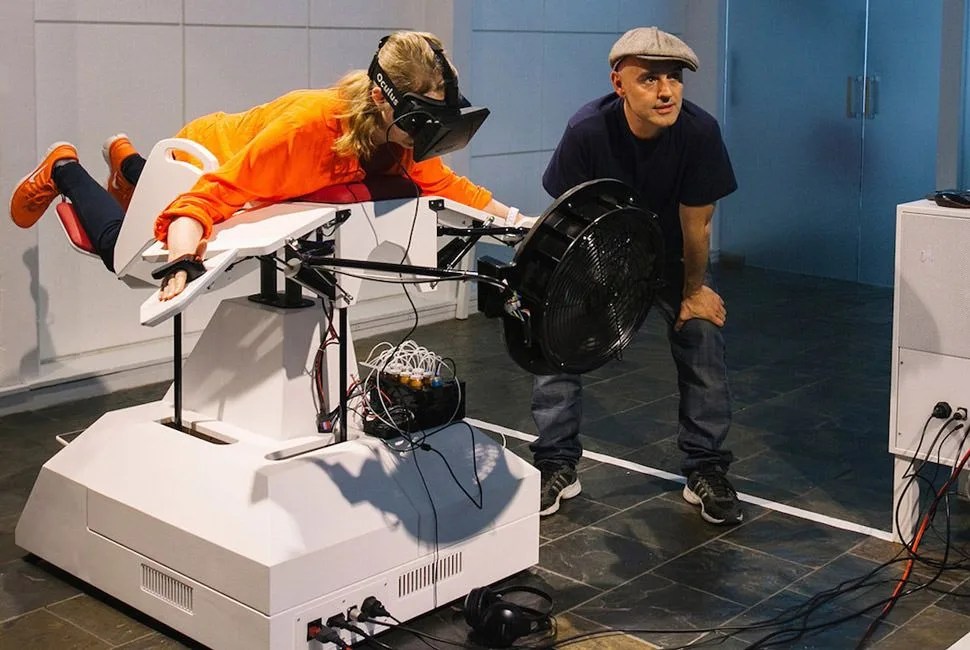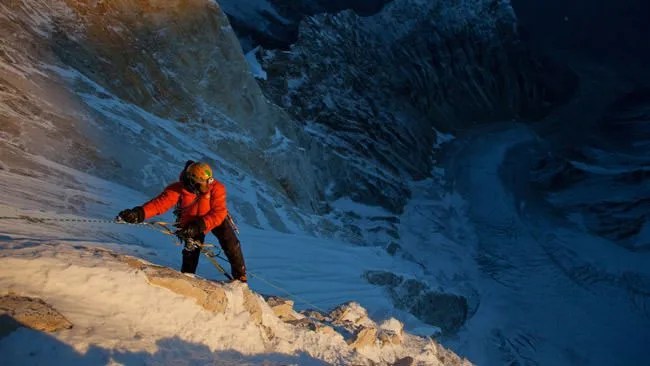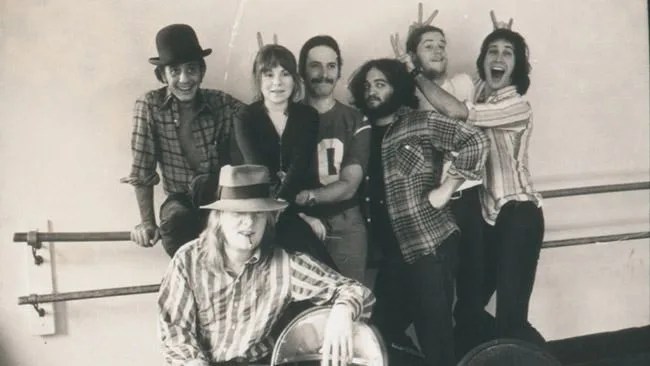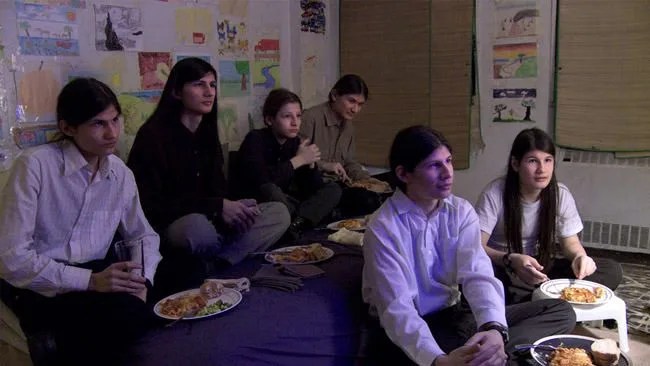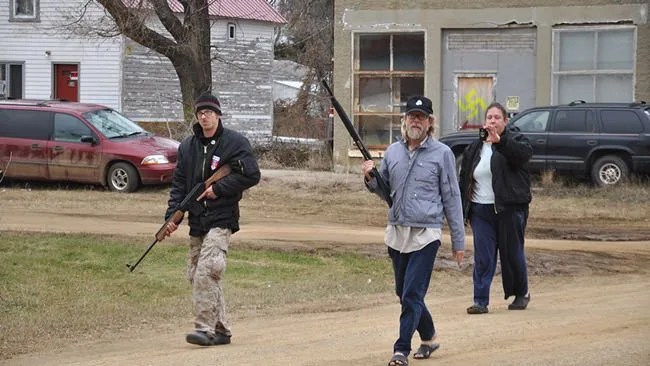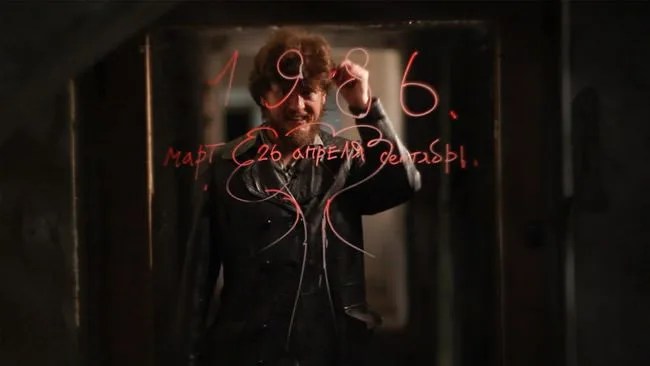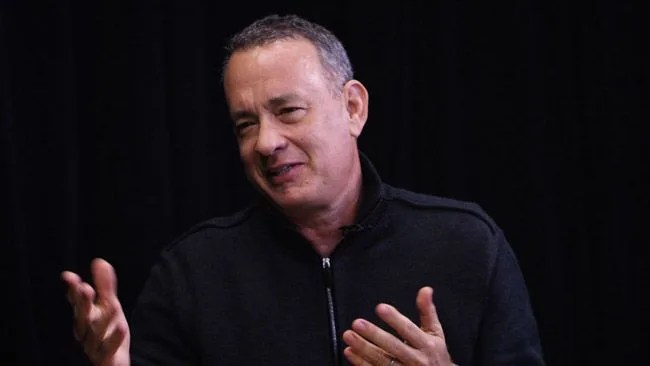The Sundance Film Festival may have started out as the place where independent movie dreams came true, but as with many other forward-thinking institutions, it has adapted with the times. The rise of documentaries over the past two decades — driven not only by box office success, but also by more online distribution outlets like Netflix, Hulu, and Amazon Instant Video — means that non-fiction movies are now taking many of the top prizes at the festival. The ubiquity and progress of technology has also found its way to Sundance, and unlike, say, a tech conference that showcases the gee-whiz aspects of a new device, technology or format, Sundance still focuses on how technology can be used to tell a story, whether it’s via social media, online webisodes, drones, smartphone apps, or virtual reality (VR).
MORE FROM THE SILVER SCREEN: Best Original Films of 2014 | 40 Foreign Films to Stream Now | Definitive Men’s Movie Collection
But one indie principle that runs through the festival as much today as it did in the past is the idea of low budgets. “Try to keep a lid on the budget so you can have realistic expectations for success”, said Mark and Jay Duplass at a panel discussion at the Airbnb Haus. “The whole ecosystem needs to stay in business.” No surprise, then, that these Sundance veterans were the producers behind one of the most talked-about features at the festival, Tangerine, a Kickstarter-funded feature that was shot entirely on three iPhones with the $8 Filmic Pro app.
Sundance’s New Frontiers track focused more overtly on technology and its influence in the film arts. VR featured prominently here, but rather than the video-game-meets-Hollywood-action-blockbuster-style demos at CES, SXSW and other tech conferences, the VR at Sundance was in many cases solidly indie and storytelling-focused. No surprise, then, that Oculus chose to announce its Oculus Story Studio VR storytelling unit here, as well as show a few projects.
All this next-gen storytelling wasn’t just fictional — some of the more compelling projects were documentaries in VR format.
Some of the most captivating VR work was by Felix and Paul Studios for Samsung Gear VR. In Wild – the Experience, inspired by Wild, the movie, viewers sit in a forest clearing sandwiched between Laura Dern and Reese Witherspoon, having a conversation. Even more mesmerizing and realistic is Herders, a series of 360-degree scenes featuring Mongolian sheepherders and Native Americans, in which the viewer is sitting in the middle of a yurt while Mongolian cuisine is cooked and others sip and eat all around, while another is set in the middle of a field on a hill as horses walk all around the viewer. It’s alternately trippy, dreamy and realistic.
Also cool: Birdly, a full-body contraption in which the viewer lies face-down flat and put their arms in moveable wing-like controllers that must be flapped in the real world to control the flying in the virtual, city skyline experience.
